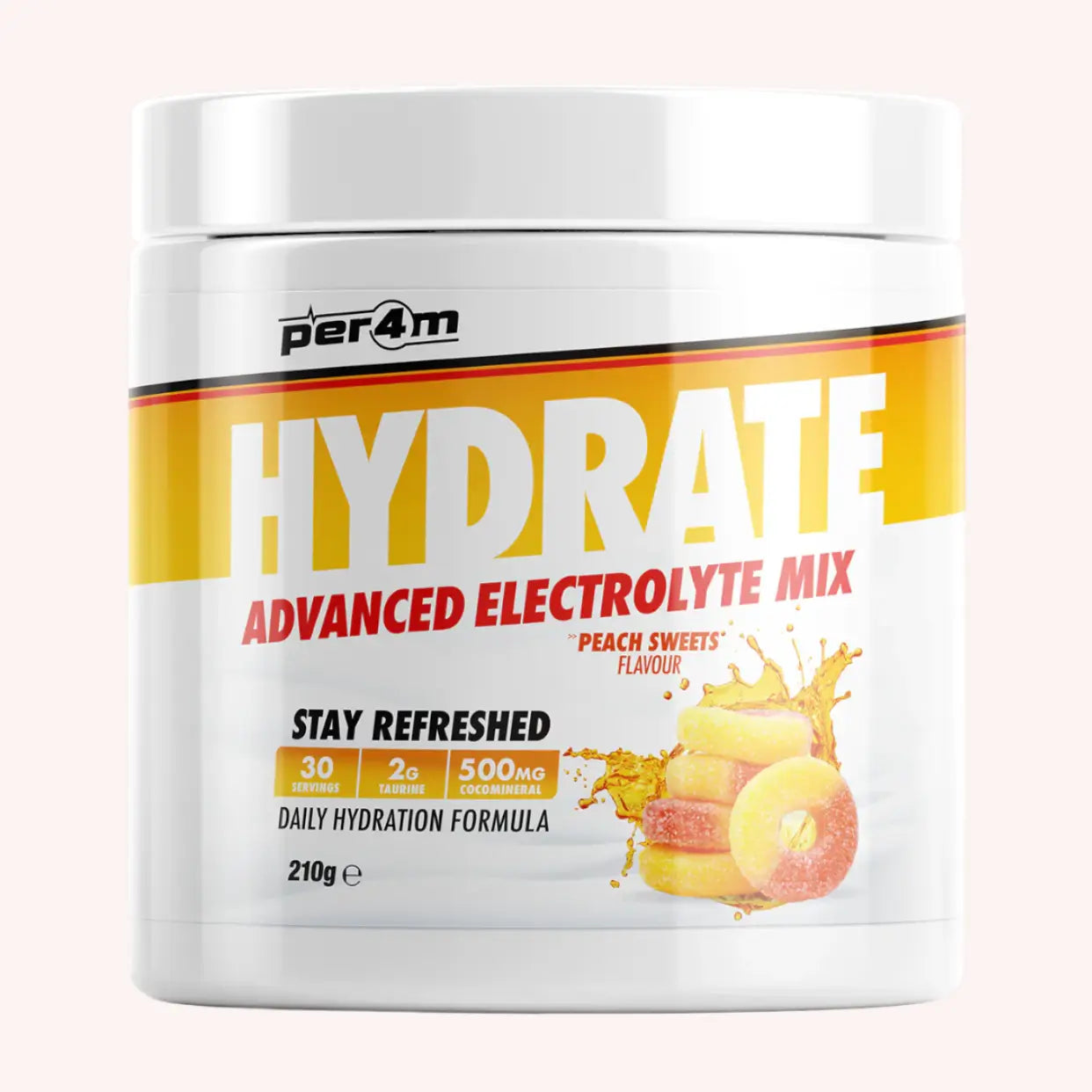The stomach vacuum is more than just an exercise; it's an abdominal breathing technique that offers a multitude of benefits, especially for those looking to slim their waistline, achieve a flatter stomach, and strengthen their posture. If you're a beginner, it can be difficult to know where to start. This article will guide you through the essential steps to optimally perform the stomach vacuum, explaining its benefits and showing you how to effectively incorporate it into your daily routine. Whether you're new to the exercise or already active, you'll discover how this exercise can transform your body and improve your overall well-being.
What is stomach vacuum?
The stomach vacuum is a breathing technique that involves pulling in the abdomen in a controlled manner while exhaling, which helps strengthen the deep muscles of the abdominal muscles. It's not simply about contracting the abs, but rather applying internal pressure to strengthen the muscles that support the core.
This exercise is simple to perform and can offer visible results if practiced regularly. It is therefore no wonder that it has become popular among those looking to achieve a flat stomach and improve their posture .
Why practice stomach vacuum when you are a beginner?
If you're a beginner, you might be wondering: Why should I incorporate this technique into my workout routine? Here are some main reasons:
- Accessibility: Unlike other complex strength training exercises, the stomach vacuum is simple and can be performed anywhere, whether at home or in the gym.
- Core Strengthening: By strengthening the deep abdominal muscles , this exercise improves core stability and can even prevent lower back pain. A strong core is essential for posture and supporting more complex strength training movements.
- Improved posture: The stomach vacuum allows for better control of the abdominal muscles, which not only improves your posture, but also your breathing.
How to Do a Stomach Vacuum: A Simple Technique for Beginners
Before you begin this practice, it is important to understand the essential steps to successfully perform a stomach vacuum .
-
Starting Position: To begin, adopt a comfortable position. You can do this while standing, sitting, or even lying down. Beginners often find it easier to start lying on their back, as it reduces strain.
- Lie on your back with your knees bent and your feet flat on the floor.
- Place your hands on your ribs or abdomen to feel the movements of your diaphragm.
- Exhale deeply and pull in your stomach: Take a deep breath, filling your lungs with air, then exhale slowly and deeply. Once your lungs are empty, contract your abdominal muscles, pulling your stomach in, as if you were trying to touch your spine.
- Hold the contraction: Try to hold this contraction for 15 to 30 seconds, then release. As you get more comfortable with the exercise, you can increase the duration of the contraction.
- Repeat the exercise: Perform between 5 and 10 sets depending on your level. To optimize your technique and promote good recovery, rest for 1 minute between each set. Although the exercise may seem simple at first, consistency will allow you to gradually master the technique.
When to do the stomach vacuum exercise?
The stomach vacuum can be incorporated into your routine at different times, depending on your goals and schedule. Here are some suggestions for when it's best to practice this exercise:
- As a complement to a strength training session: If you're already a strength training enthusiast, the stomach vacuum can be a great exercise to add to the end of your workout. It's not particularly demanding on the muscles, but it does deeply engage your core muscles. At the end of your workout, when your muscles are already activated, it can be beneficial to perform 5 to 10 sets of the stomach vacuum to further strengthen your core and improve your posture.
- In the morning, on an empty stomach: If you're looking to maximize abdominal fat reduction, performing a stomach vacuum in the morning on an empty stomach can be a great option. During an overnight fast, your body is in a state of catabolism, and this exercise can stimulate deep muscle contraction while helping to better manage intra-abdominal pressure. However, be careful not to overdo it at first, especially if you're a beginner.
- During breathing or meditation sessions: As an exercise that relies on controlled breathing, the stomach vacuum can be an excellent complement to deep breathing or meditation sessions. By incorporating it into moments dedicated to relaxation and rest, you can benefit from better oxygenation and promote stress reduction while strengthening your abdominal muscles.
- Before a meal: The stomach vacuum can also be a good exercise to perform before a light meal, as it helps improve digestion by activating the deep abdominal muscles. However, avoid performing it after a heavy meal, as it can lead to digestive discomfort.
The benefits of stomach vacuum for a flat stomach and improved posture
The stomach vacuum isn't just an abdominal toning exercise. It offers significant benefits for your body, both aesthetically and functionally.
- A flatter stomach and a slimmer waist: By regularly practicing the stomach vacuum, you strengthen the deep muscles that support the abdominal region. These muscles play a key role in defining the waist and stomach. In addition, the contraction and breathing help burn fat and slim this area of the body.
- Strengthening Posture: One of the greatest benefits of the stomach vacuum is its effect on posture. By strengthening the deep muscles of the abdomen and lower back, this exercise helps correct postural imbalances. This will give you better stability and less tension in your spine, which can also reduce lower back pain.
- Improved Breathing and Intra-Abdominal Pressure Management: Stomach vacuum involves deep breathing that helps increase lung capacity and improve intra-abdominal pressure management, essential for intense physical activities.
Mistakes to avoid when performing stomach vacuum
Although the exercise seems simple, some beginners make mistakes that can limit its benefits. Here are some common mistakes to avoid:
- Not breathing correctly: The goal is to completely empty your lungs before contracting your stomach. Improper breathing can hinder the effectiveness of the exercise.
- Over-exerting the contraction from the start: If you're just starting out, start slowly and gradually increase the duration of the contraction. Exerting too quickly can cause unnecessary tension.
- Poor posture: If you are lying down, make sure your body is properly aligned. Incorrect posture can limit the effectiveness of the stomach vacuum .
Stomach vacuum as a complement to a bodybuilding routine
Incorporating the stomach vacuum into your strength training routine can significantly boost your results. This often-underestimated exercise engages deep core muscles that are frequently neglected, strengthening your core stability and preparing your body for more complex movements. Here are some tips to maximize the impact of the stomach vacuum on your strength training:
- Add it at the end of your session: Once your core muscles are fatigued and you've finished your traditional strength training exercises, take advantage of this time to perform sets of stomach vacuums. At this point, your superficial abdominal muscles will already be engaged, and the exercise then targets the deep muscles, thus strengthening core stability. The latter is essential for optimal posture and preventing injuries during more complex movements.
- Combine it with core exercises: For even more effective results, combine the stomach vacuum with core-focused exercises, such as planks, crunches, or leg raises. By combining these movements, you'll strengthen not only the superficial abdominal muscles, but also the deep muscles that support your spine and internal organs. This synergy promotes optimal abdominal tone and improves lower back stability.
Diet and hydration: Complementary factors to the stomach vacuum
While the stomach vacuum is an excellent exercise for strengthening your deep core muscles, nutrition and hydration play an equally essential role in achieving your goals. A combination of good nutrition and adequate hydration not only promotes body fat reduction but also improves your physical performance. Here are some tips to maximize the effects of the stomach vacuum through proper nutrition:
Eat a protein-rich diet
Protein is essential for muscle building and repair, and it plays a key role in weight management. Consuming enough protein can help reduce body fat while also helping maintain muscle mass. For example, including lean protein sources like chicken , fish , eggs , or legumes (lentils, chickpeas) in your meals can support muscle growth while also facilitating weight loss.
Whey protein concentrate is also a great choice for those looking to conveniently increase their protein intake, especially after a weight training session.
Limit saturated fats and consume healthy fats
A diet too high in saturated fats can hinder your efforts to achieve a flatter stomach. These fats, found in processed and fried foods, can lead to weight gain and promote abdominal fat storage. Conversely, it's important to prioritize healthy fats, such as those found in avocados , nuts , seeds , and olive oil .
Hydration: A Key Factor for Performance and Fat Loss
Hydration is often overlooked, but it's just as important as nutrition for achieving a flat stomach. Water plays a crucial role in metabolism and regulating body temperature during exercise.
Avoid sugary drinks and sodas, which can cause insulin spikes and fat storage.
Consume fiber for digestion
Fiber, found in foods such as green vegetables (like green beans), whole grains (like oats ), and fresh fruits (like apples or berries), plays a crucial role in improving digestion and managing a flat stomach. It helps regulate bowel movements, prevent bloating, and prolong the feeling of fullness, thus contributing to optimal digestive well-being.
When can you see the first results of a stomach vacuum?
As with any strength training program, patience is key. It may take a few weeks for the first visible results to appear, but consistent stomach vacuuming will allow you to see noticeable improvements over time. The important thing is to maintain a consistent approach and not get discouraged if progress is slow at first.
Conclusion :
The stomach vacuum is a great way for beginners to strengthen their core, improve their posture, and achieve a flat stomach . With its simplicity and multiple benefits, it deserves a place in your fitness routine. As with any physical activity, adding a healthy diet and proper hydration will maximize results.
Practice this exercise regularly and patiently, and you will be able to benefit fully from this breathing technique.
Source :
- Leidy, HJ, Clifton, PM, Astrup, A., Wycherley, TP, Westerterp-Plantenga, MS, Luscombe-Marsh, ND, Woods, SC, & Mattes, RD (2015). The role of protein in weight loss and maintenance. American Journal of Clinical Nutrition , 101(1), 132-140. DOI: https://www.sciencedirect.com/science/article/pii/S0002916523274274?via%3Dihub










